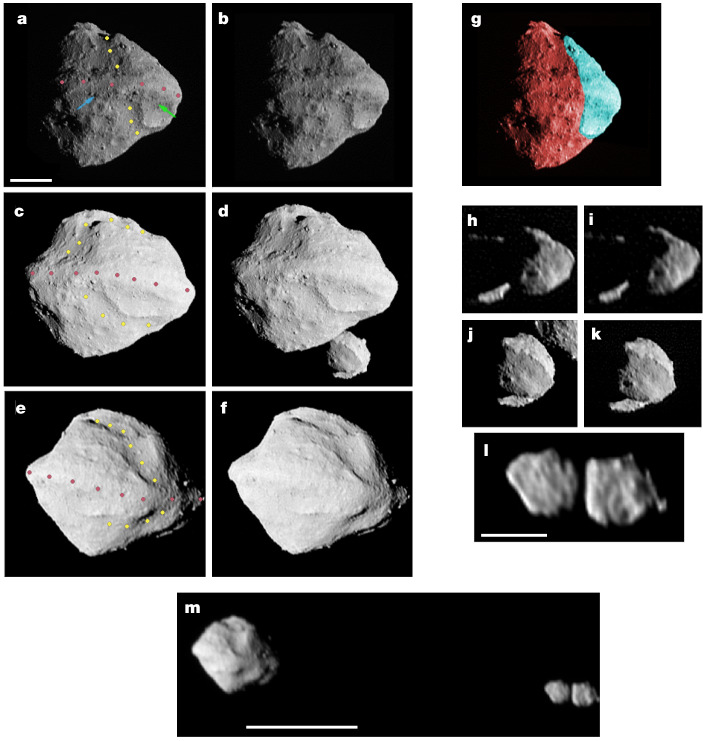Fig. 1. Images of Dinkinesh and Selam obtained by Lucy’s close-approach imaging campaign.
a–f, Cross-eyed stereo versions of the images taken on approach, near-close approach and on departure, respectively (see the ‘Observations’ section in Methods for a description of the imaging campaign). Dinkinesh has two main geological features: a longitudinal trough and an equatorial ridge (the yellow and rose coloured dots, respectively). The two coloured arrows (green and blue) in a point to the northern boundary of the ridge, as determined by visual inspection, at the two fiducial longitudes discussed in Fig. 3. Scale bar, 200 m. g, A simulated image of Dinkinesh with the trough removed. This is a modified version of a, in which the cyan region was moved 79 m to the lower left in the image (26° from horizontal) and rotated 7° clockwise. We take the fact that the limb profile of Dinkinesh is smooth near the colour transitions of this reconstruction to suggest that the trough is a result of a structural failure that moved the cyan region away from the remainder of the body. h–k, Stereo pairs of images of Selam taken on approach and near-close approach, respectively. l, A single image of Selam taken on departure. Selam was outside the L’LORRI field of view from 10 s to 5.5 min after close approach and so stereo imaging is not possible. The images of Selam allow us to visually estimate the dimensions of its lobes by crudely approximating their complex shapes as triaxial ellipsoids. We find that the inner and outer lobe major axes lengths in the directions parallel to the Dinkinesh vector, the orbital direction and the spin pole are roughly 240 × 200 × 200 m and 280 × 220 × 210 m, respectively. Scale bar, 200 m. m, A departure image of the entire system. Scale bar, 1 km. Also, all images are deconvolved except for m. l and m are the same image, so comparison illustrates the effects of deconvolution. Ecliptic north is approximately up in all frames, whereas the body north of Dinkinesh is down because it is a retrograde rotator. Image details are as follows. Times relative to close approach in minutes: a, −1.04; b, −1.29; c, +0.21; d, −0.04; e, +2.21; f, +1.71; h, −2.29; i, −3.29; j, −0.29; k, −0.54; l and m, +5.46. Original pixel scale, m per pixel: a, 2.53; b, 2.72; c, 2.14; d, 2.12; e, 3.63; f, 3.11; h, 3.70; i, 4.85; j, 2.16; k, 2.24; l and m, 7.56. Solar phase angle, °: a, 62.1; b, 68.0; c, 21.5; d, 30.5; e, 25.0; f, 17.8; h, 84.2; i, 93.3; j, 39.3; k, 47.7; l and m, 44.5.

